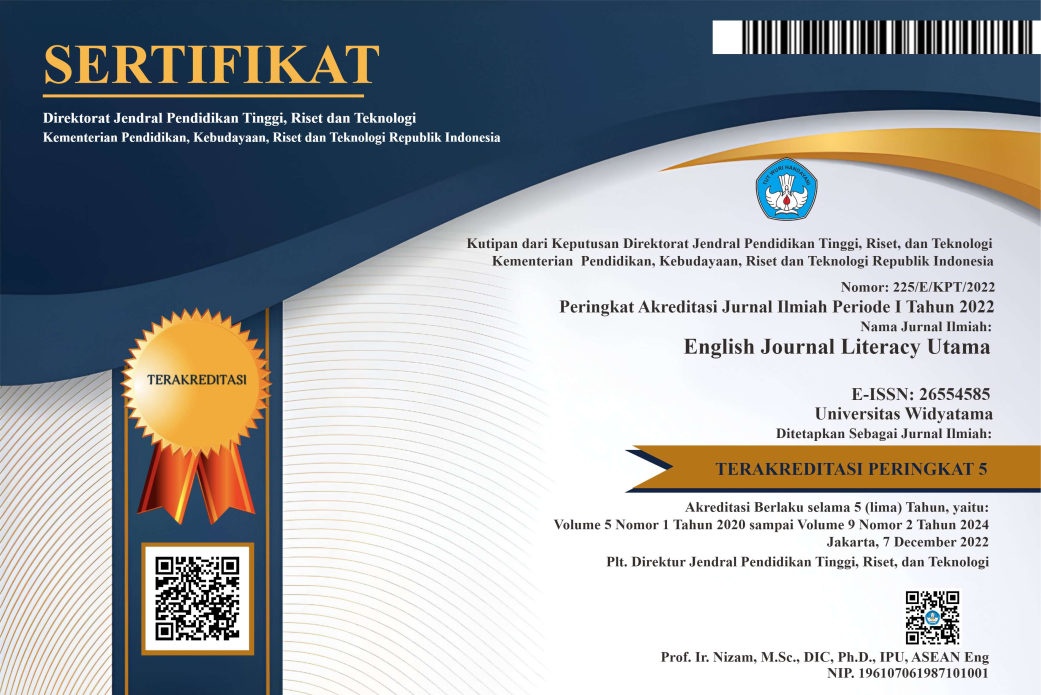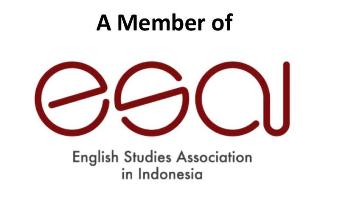SOCIAL ACTORS REPRESENTATION IN THE NEWS REPORTING INDONESIA PROTEST IN THE INTERNATIONAL MEDIA
DOI:
https://doi.org/10.33197/ejlutama.v6i1.150Keywords:
critical discourse analysis, Van Leeuwen's social actor representation, indonesia protest, international mediaAbstract
This study aims to reveal the mechanism of social actors representation constructed by The Jakarta Post, South China Morning Post, and The New York Times in reporting the protesters and the government. This study adopted Theo van Leeuwen's (2008) social actor framework which comprises exclusion and inclusion. Exclusion consists of backgrounding, while inclusion consists of activation, subjection, individualization, assimilation, functionalization, and nomination. A qualitative approach was applied in this study. The data were collected from six selected news articles published by The Jakarta Post, South China Morning Post, and The New York Times. The findings revealed that both protesters and government were represented through exclusion and inclusion strategy. In terms of exclusion, the findings revealed not only that the protesters were represented for involving in critical process of the protest and being the driving force of the movement, but also being violent during the protest. In the case of government representation, not only that the government were detached from a reported action, but also constructed for not opposing the protesters. In terms of inclusion, the findings indicated that the protesters were represented as being unfaltering, being active through field and online protest, as well as being violent and committing a potentially crime activity. In the case of the government, the actors were represented as being sluggish, aggressive, abusing power, but on another hand also being a crowd-dispersal agent and target of violence. In conclusion, the use of van Leeuwen?s social actor framework revealed that news portal excluded and included social actors to suit their objective















